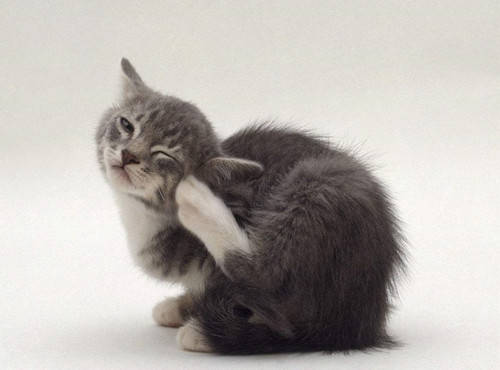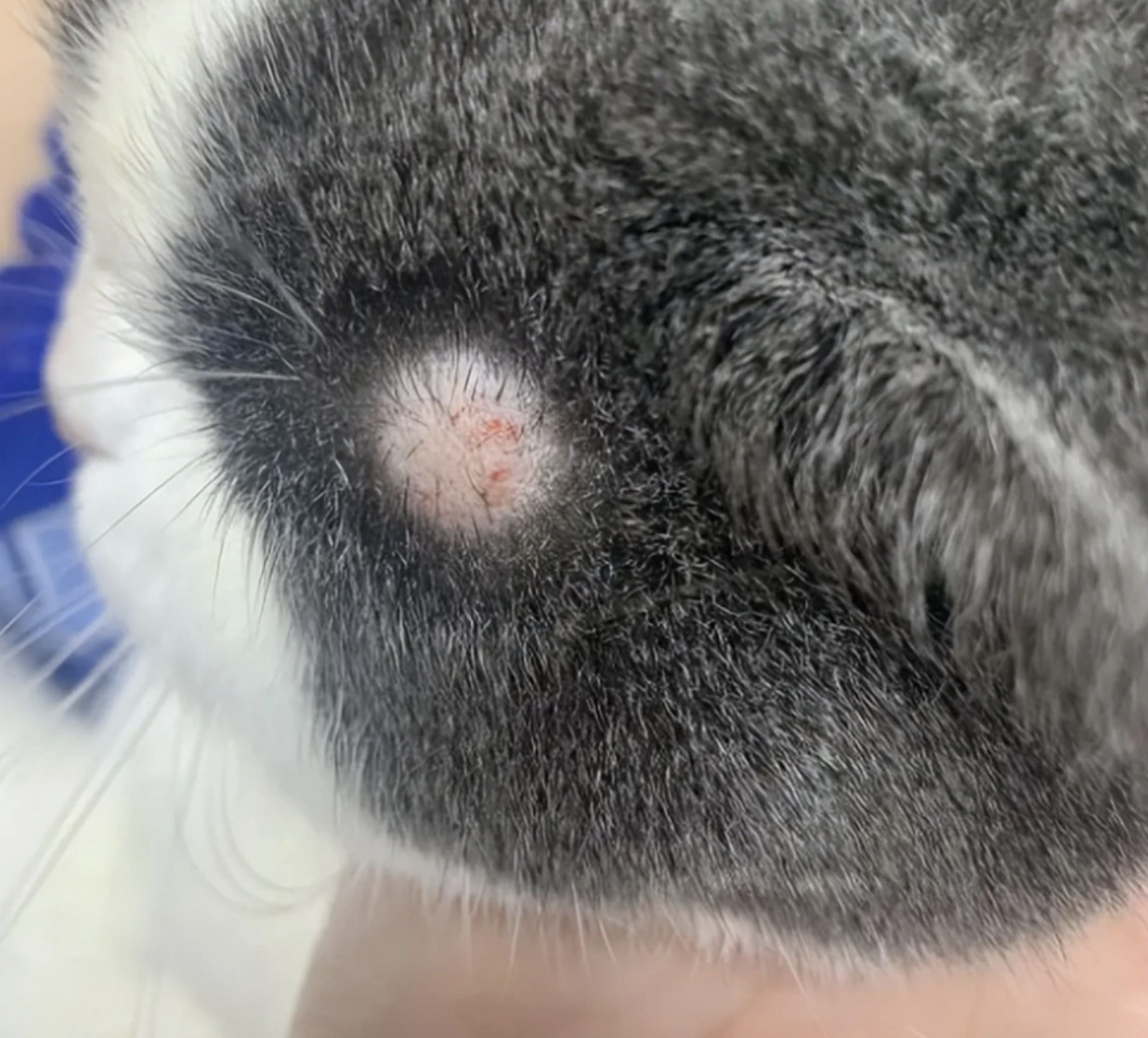Excessive Shedding in Cats? Ear Mites and Ringworm May Be the Culprit!


Cats like to be clean and often groom themselves. Yet, if you find your cat licking the same spot over and over again to a point of excessive shedding and even a red and round bald spot, it is likely to be infected with ear mites or ringworm!
What are ear mites?
Ear mites live in cats’ ear canals and feed on skin oils. A continuous infestation will cause inflammation and irritation to the ears and may even trigger otitis externa. Although the condition will not transmit to humans, it may spread to other animals. Multiple-pet households should therefore stay alert.

Typical symptoms:
Brown waxy or crusty discharge from the ears
Bald patches, lesions or scabs on the ears
Cats shaking their head or scratching their ears frequently
How can we treat ear mites?
You should clean your cat’s ears before applying medications. Use a cotton bud moistened with baby oil to clean your cat’s ears and wipe away the dirt, and then apply a few drops of medication to its ear canal. Hold your cat’s head during the process so that it can’t wriggle. Repeating the treatment for two to three weeks should effectively get rid of ear mites in your cat. If the infection recurs repeatedly and does not heal, you should bring your cat to a vet again for further examination.

What is ringworm?
Ringworm is a kind of fungal infection and a serious skin disease in cats. It is infectious and transmission to humans can occur by direct contact with the fungus. Ringworm is highly contagious in cats, and fungal infections occur on the cat’s skin. Cats with weakened immune systems are more likely to develop infections.
Typical symptoms:
Hair loss and round bald patches
Grey scaling skin, dandruff, or red patches with possible itchiness
Lesions, scabs or redness caused by constant licking or scratching
How can we treat ringworm?

Shave the hair around the cat’s ears and wipe the infected area with warm soapy water to soften the crusty patches. Use a cotton bud moistened with alcohol to wipe away dandruff and crusty scabs on the infected site. Then, your cat is now ready for medication. You may apply a topical clotrimazole cream and add vitamin supplements to your cat’s diet. Sunbathing for vitamin D production can also help. You should also disinfect the environment and keep your house neat and tidy to protect your cat’s skin health.
Related Brands










